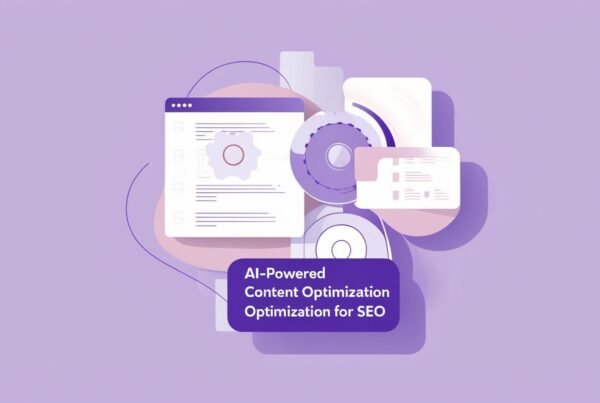If you’ve ever stared at a blank page wondering how to write something that ranks on Google and connects with real people trust me, you’re not alone. Creating SEO content that works is one of the most powerful skills you can build in digital marketing. And yes, I’ve had my fair share of trial and error. Over the years, I’ve learned that SEO content isn’t about tricking algorithms. It’s about understanding what your audience needs and making sure they can actually find it. In this guide, I’ll walk you through how I approach SEO content, the same process I use with my clients. Simple, strategic, and human-first.
Table of Contents
What is SEO Content?
SEO content is more than just blog posts with keywords. It’s any type of content such as: blog posts, landing pages, products descriptions, videos and more. Everything that made you to be discovered.
But here’s one the part that matters most: it has to genuinely help people. Answer their questions. Solve their problems. Give them clarity.
When your content does that and follows best SEO practices. What would you think that could happen? Magic happens: more traffic, more visibility, more trust.
How I Approach SEO Content
🔍 Keyword Research
The first step in creating effective SEO content is keyword research. This means identifying what your target audience is searching for, the words and phrases they use, and the intent behind their searches.
There are tools like Ahrefs and Semrush that can show you the search volume, difficulty, and potential of keywords. As a beginner, focus on keywords that are relevant to your topic, have reasonable competition, and reflect what your audience needs.
📈 Understand Search Intent
Once you know your target keywords, it’s important to understand the search intent. Are users looking for information, trying to make a purchase, or comparing options? Creating content that aligns with this intent increases your chances of ranking and satisfying your audience. For example, someone searching “how to start a blog” wants a guide, not a sales pitch. Matching content to intent is where strategy begins.
🌟 Write High-Quality Content
Writing the content itself is where many beginners overthink. The key is to provide value. Focus on solving a problem, answering a question, or offering insight that is helpful and well-explained. Avoid fluff. Use clear language, break up your text into short paragraphs, and organize your ideas logically. A well-structured article keeps readers engaged and signals quality to search engines.
📄 Optimize On-Page Elements
I see on-page SEO as the supporting cast. It’s what helps Google understand your content, so it can show it to the right people.
Here’s my quick checklist:
- Title tag with the main keyword
- Meta description that actually makes people want to click
- H1, H2, H3 headings for clear structure
- Clean, readable URL
- A couple of internal links where it makes sense
That’s it. No keyword stuffing. Just structure with purpose.
👌 Promote Your Content
After publishing your content, promotion matters. Sharing your work on social media, through email newsletters, and connecting with other sites in your niche can expand its reach. Search engines do notice engagement and traffic patterns. But more importantly, good promotion helps your content get seen by the right people, increasing chances for backlinks, shares, and sustained traffic.
📊 Monitoring & Updating (The Part Most People Skip)
SEO content isn’t “one and done.” It’s a living asset. Monitoring performance is a necessary step. I regularly use tools like Google Analytics and Google Search Console to track which pages are performing, how visitors are engaging, and where improvements can be made. Regular updates to existing content can keep it fresh and relevant, which search engines favor.
In summary, SEO content starts with understanding your audience and keywords, writing with purpose and clarity, optimizing key elements, promoting wisely, and measuring results. It’s an ongoing process, but one that delivers consistent value. Let BoostSEOwithAlba help you navigate it with confidence and results
- OpenAI Adds Shopping Features to ChatGPT: Here’s Everything You Need to Know - May 10, 2025
- How to Create SEO-Friendly URLs - March 27, 2025
- What Are Hreflang Tag Attributes and How Can I Help You to Implement Them Correctly - March 26, 2025



3 Comments